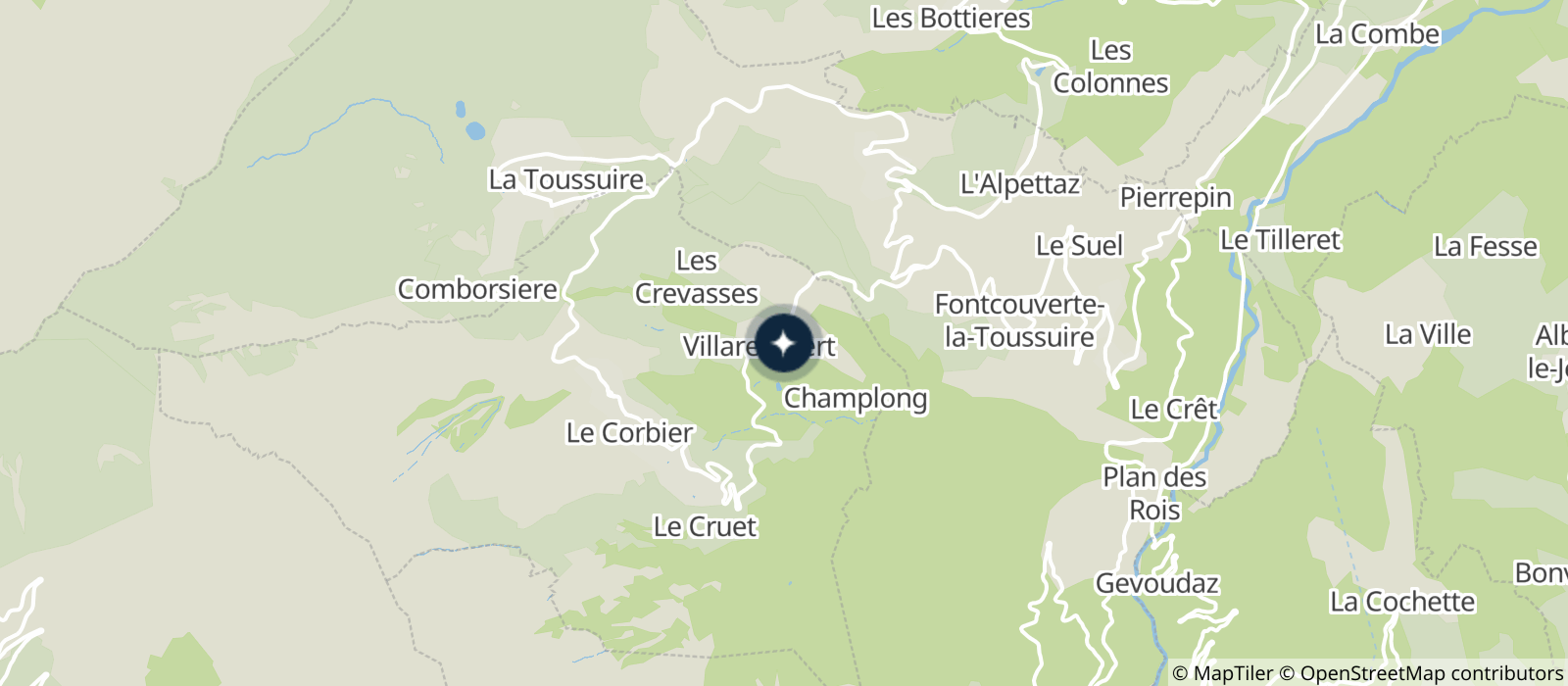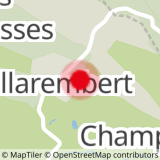In the Middle Ages and up until the Revolution, the bread oven was the property of the lord and the bishop, and was used to collect a tax after each baking, often in kind (as was the case for mills): the ban for the subjects of the village or hamlet and the Leyde for outsiders and foreigners.
In return, the subjects also had to maintain the oven and the road leading to it.
The communal oven was generally leased to bakers known as fourniers. Each month, large loaves of bread weighing between 2kg and 2kg5 were baked, filled with crumbs and covered with a thick crust to ensure that they would keep as long as possible. Villagers were required to mark their loaves with the day on which they were deposited and to provide a log of wood to bake them.
For fear of fire, communal ovens were built separately from other dwellings. They generally took the form of a small rectangular building, built in Savoie of dry stone with a thatched roof.
After the Revolution, the communal oven became communal or was leased to bakers who paid an annual fee to the bishopric and retained the right to bake. The baker would blow his horn, calling on the inhabitants to bring their dough to bake in the oven. Like washhouses, ovens had an important social function.
Some people built their own ovens on their own land (at Le Cruet, the Deléglise family oven).
- Historic site and monument
The Villarembert bread ovens
There are many bread ovens in the Villarembert - Le Corbier area, and you're sure to spot them on your walks!
At Cruet sous la Chapelle (personal bishop's oven), near Villarembert church and at Les Crevasses (communal ovens).
About
Prices
Free access.
Reception
Opening
All year round, daily.
Services
- Pets welcome
Contacts
Access



